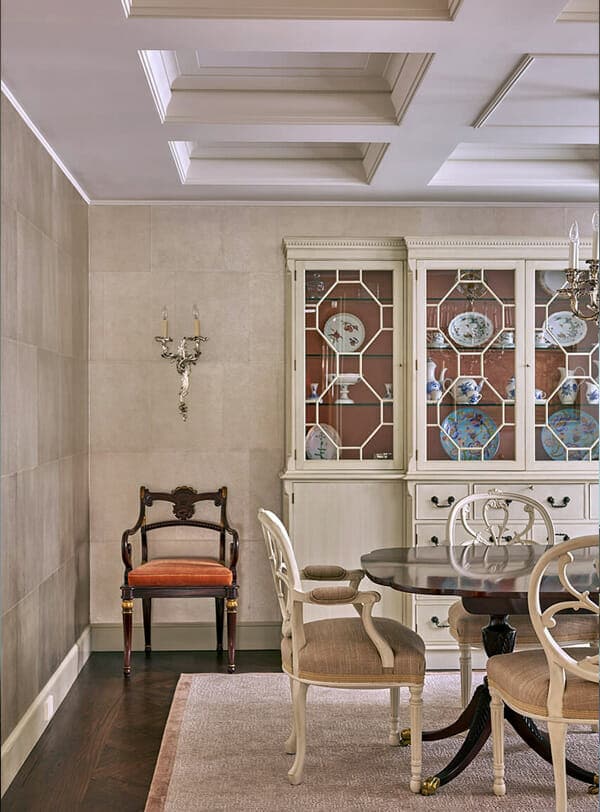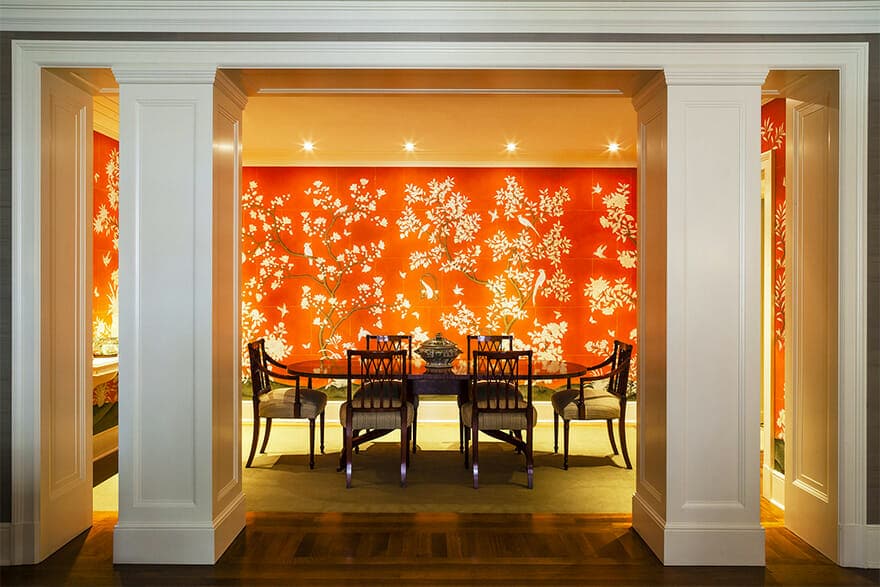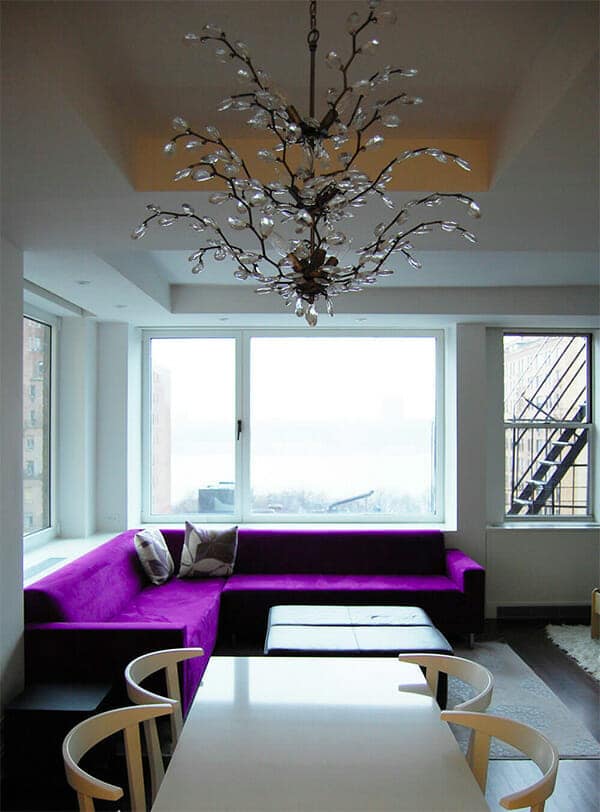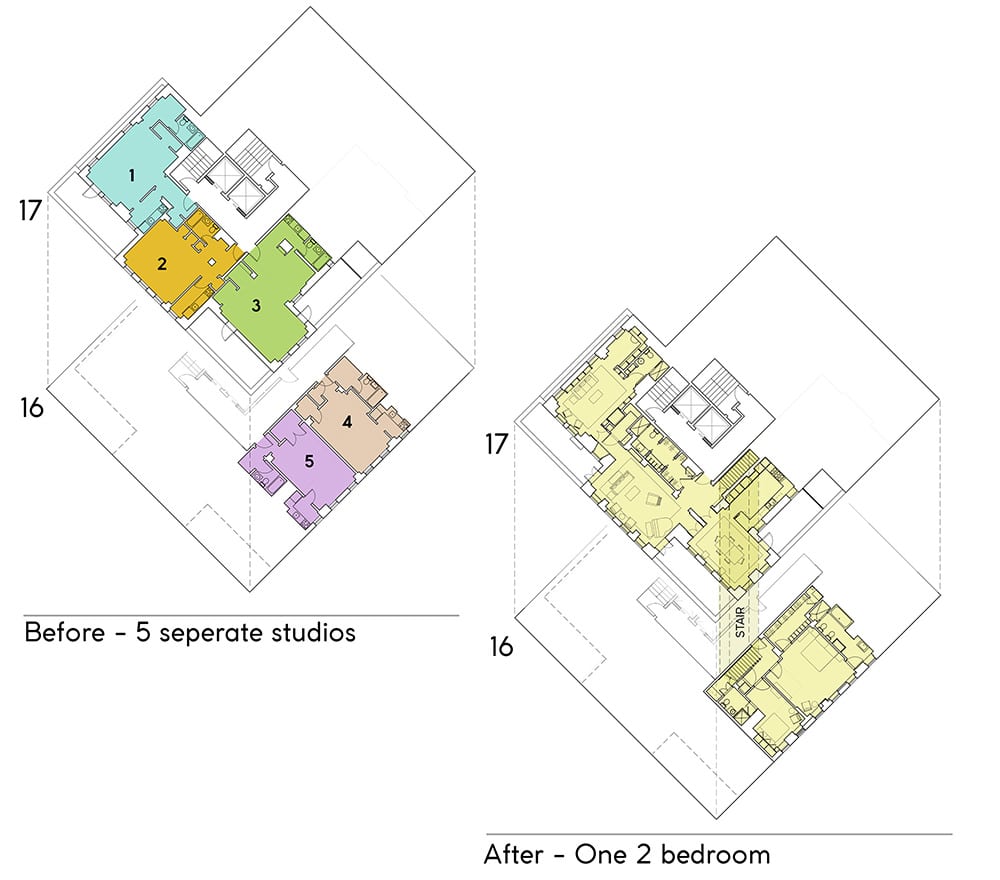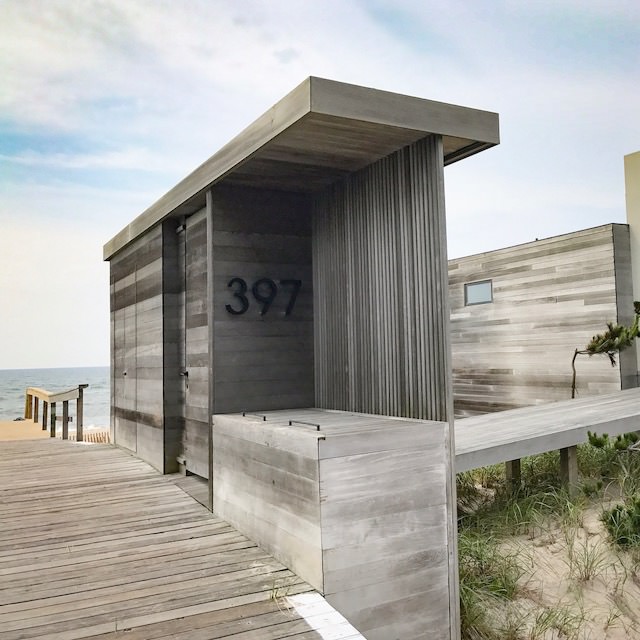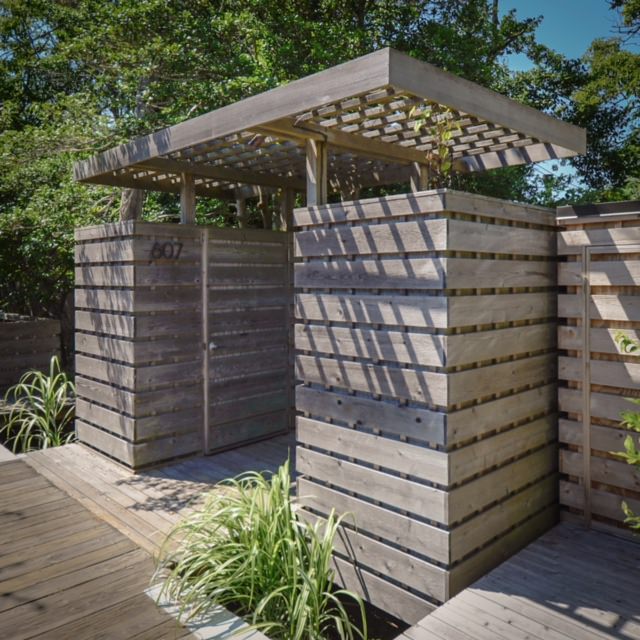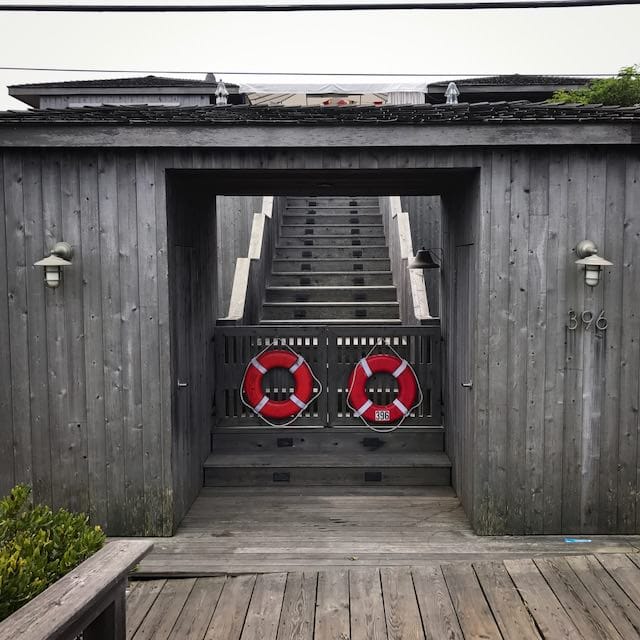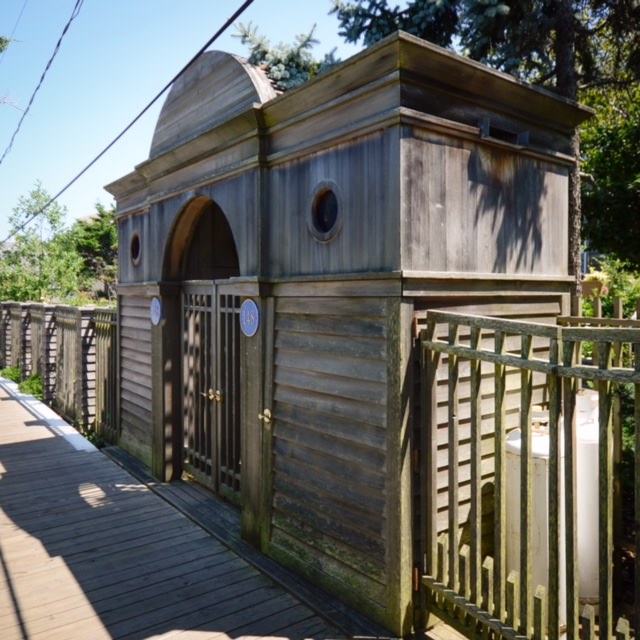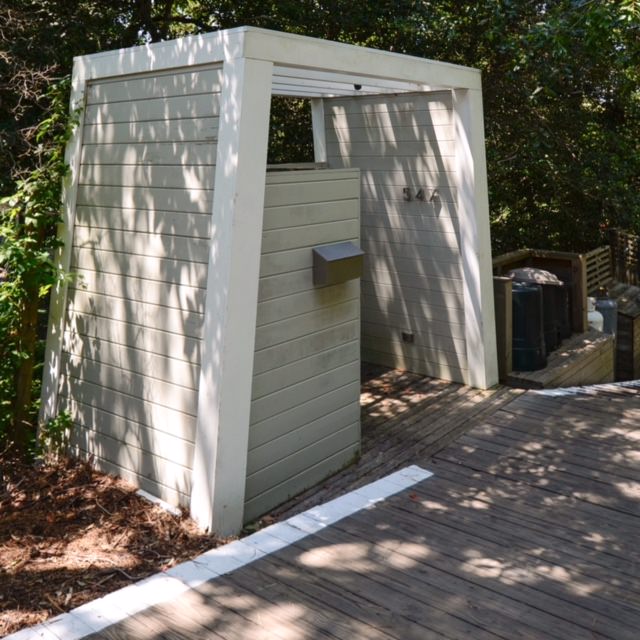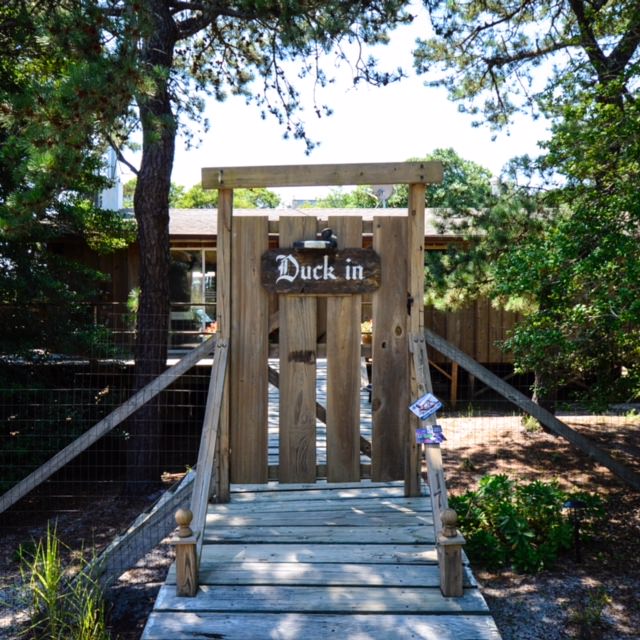The idea of undertaking an architectural project can seem overwhelming, especially if this is the first renovation or construction project a homeowner has been involved with. What exactly is involved in a project, and what role does the architect play?
To help demystify the process for you, what follows is a description of the “full architectural design services” that we typically provide in a New York City apartment renovation. These services are divided into phases orchestrating the project from an idea to a built place.
Phase 1: Pre-Design
The Pre-Design phase is about collecting information before we set pen to paper. In this phase, we work with you to define what the project is.
First, we conduct an existing conditions survey so that we know exactly what we’re working with. We measure and draw the apartment ‘as-built’ to locate walls, door and window openings. We preliminarily identify the locations of existing pipes, beams, electric services, and columns, sometimes we even knock a few holes in walls to determine what can’t be moved. We use the results of this existing conditions survey as a base plan from which to design.
Next, we interview you a bit to get a full understanding of your needs for the space you’re considering altering or creating. In the case of a New York City apartment renovation, we review the building’s alteration agreement (a document most apartment buildings have which sets forth the rules of renovating), the existing apartment layout, and the building’s systems and infrastructure to uncover design challenges, design opportunities, and the ability to meet your objectives for the space.
This feasibility analysis in pre-design helps us determine what’s possible and allows us to identify any potential obstacles before we get too far into a project — sometimes even before the apartment is purchased.
Phase 2: Schematic Design
In the Schematic Design phase, we create the initial designs for the desired structure or space. We take what we learned in pre-design and start to give the spaces shape and form. We create sketches of the proposed apartment layout, with as many iterations as necessary to meet your objectives. These sketches might be line drawings, hand sketches, 3D computer renderings, or a combination of these visualization tools.
We begin all designs with a gracious furniture plan. This involves laying out where your current or desired furniture should be so that the resulting design works with your belongings.
The Schematic Design phase also includes initial consultant management. We identify tasks that will need to be completed by consultants and help you to identify the project team. Once consultants are selected, we coordinate their work with the design and communicate the consultants’ roles to you so you understand what is being done and why. The most common types of consultants for New York City apartment renovations are engineers (mechanical, electrical, plumbing, and acoustic), home control systems/technology/audio-visual experts, asbestos and lead paint testers, window specialists, and interior decorators.
Phase 3: Design Development
In the Design Development phase, the design becomes more specific and includes materials and building technologies. Drawings are prepared that show all surfaces (walls, ceilings, floors, interior and exterior) in the project area. We work with you to select preliminary materials and components, including tile, plumbing, electrical, plumbing fixtures, hardware selections, cabinetry and millwork design.
In this phase our role as architect includes work on regulatory filings. We identify the permits that need to be obtained from federal, state, and New York City regulators and complete all tasks necessary to acquire the permits (or we help find the people who can). For buildings that have historical landmark status, we also produce drawings and sample submissions to acquire the approval of the Landmarks Preservation Commission (LPC). With decades of experience working with the Department of Buildings (DOB) and LPC, we know not only their regulations but also their preferences. This helps ensure that the regulatory process is as efficient as possible.
Lastly, the Design Development, or “DD,” phase includes support for your building’s management review process. We produce effective strategies, drawings and exhibits to convey your design objectives and usher the project through co-op and condo board reviews as quickly as possible. As needed, we meet with building and board architects as well as review boards and committees. We are adept at shepherding the process carefully and efficiently to maintain positive building relationships.
Phase 4: Construction Documentation
In the Construction Documentation phase, we create all drawings, details, and specifications needed so that the builders understand exactly what needs to be done — and where it needs to be done. This includes demolition plans, construction plans and interior elevations that show the heights and proportions of walls, windows, doors, and built-ins along with all trim and ornamentation. We also create documentation for all millwork details and custom trim designs. Lastly, we create component schedules that show when items like plumbing fixtures, hardware, and accessories will be delivered and installed.
Phase 5: Construction Administration
When it’s time to select contractors, we provide assistance bidding the project with multiple contractors from our select list and any additional contractors you’d like to offer. We also provide support in qualifying bidders to make sure that they are able to deliver the work needed to make the project a success. Additionally, we can assist with the negotiation process with the desired contractors.
Our construction administration services include reviewing the project on an ongoing basis as it’s built, to confirm that the builder meets the design intent and that work conforms to the contract and the building codes. In apartment renovations especially, the unexpected happens. Having an architect review a project as it’s built helps catch problems before they get far down the line.
Once the project is finished, we coordinate the submissions to your building management for return of any deposits and we file the certification of project completion with DOB regulators.
Through all of these phases, we maintain a clear focus on creating comfortable and stylish spaces for our clients live in. We’d be happy to provide a consultation at no cost to explore the role an architect can play in your project.
